The King of Carrot Flowers
A Trip to the Top of Thailand
The light outside was still the inky blue of pre-dawn when the freezing cold water hit my back. A cold shower at six-thirty in the morning is infinitely more powerful than a cup of coffee — especially when you have no towel to dry off with.
After dropping my body temperature a few degrees drying off under the ceiling fan, a cup of tea seemed like a good idea so I stopped in at the restaurant downstairs and, after a cup of hot water with some Jasmine leaves swirling at the bottom of it, climbed on my crappy rental scooter and set out for Doi Inthanan National Park.
I’m not normally much of a morning person, but I know if I wanted to ride the 200 km journey to the highest point in Thailand in a single day I had to start early.
I rode out of Chiang Mai in the early morning chill. You don’t think of Thailand as cold, but it can be plenty cold up here in the mountains. I rode with fists clenched and teeth chattering uncontrollably, but the freedom of having my own transportation paled any discomforts the cold brought about.
I had forgotten what freedom a vehicle of one’s own can provide and I had never known the freedom that a motorbike provides. A motorbike, whether it be a clumsy scooter like mine or a more powerful, faster motorcycle, is to driving a car as body surfing is to using a board.
Without the surfboard or the car there is a greater intimacy with the environment. The pavement, the curbs and lines of paint, the wind and the whip of passing cars and trucks, the grass growing in the cracks whizzing past below your feet, all of these things and a million other details you don’t have the time to absorb become a symphony of movement not unlike the breaking of a wave, a singular sensation which absorbs and is absorbed by your body whole instantaneously and yet seems to stretch on forever.
After a 60 or so kilometer ride on the main highway south of Chiang Mai I turned off onto the national park road and began to ascend through the dry grassy chaparral foothills and into the forest proper. My first stop was a small but peaceful waterfall. In fact nearly all my stops on the way to the summit were waterfalls except for one Karin village where I had lunch.
My chief reason for coming to the park was the lady slipper orchid. There are many kinds of lady slipper orchids, which as you might imagine has a flower that resembled a lady’s slipper, but the particular variety found here is only found here and nowhere else in the world (in the wild anyway).
Ever since spending time with the orchids at Jim Thompson’s house, I have been studying up on them and wanting to see more. The previous day I rode the motorbike up to the Mae Sa Valley where there were a number of orchid farms and a very large botanical garden.
It was at the Queen Sikrit Botanical Garden that I first read of the Lady Slipper Orchid that resides solely in Doi Inthanan National Park, and the specificity of such an ecological niche fascinated me.
While wandering slowly through various greenhouses full of the same purple and orange and yellow orchids I had seen in Bangkok and elsewhere, I began to wonder why it was that some are right here, right everywhere, while other orchids require searches that lead to the far ends of the earth whether that be deep in the jungles of Thailand or the keys of Florida.
What precisely is that drives evolution into such narrow back alleys that it can produce a plant on one mountain or one corner of a swamp and no other? Do all the pieces ultimately fit that tightly? If they do then what does it mean when it turns out that the piece does not fit? What if the mountain changes, the icy northern glaciers begin to grow, the temperature drops and the orchid finds itself alone, stranded atop a mountain it never intended to climb?
The basic orchid flower is composed of three sepals which make up the outer whorl, the part we generally think of as the flower. Within this structure there are three additional petals which form an inner whorl. With in this is a tongue or lip-like platform for pollinators. The lady slipper belongs the family Pathiopedilum, in which the two lower sepals of the flower become fused together and the lip, instead of being flat, takes the form of a slipper.
From the first waterfall where I lingered maybe an hour studying the water polished rocks along the shore of the river above the falls, I continued upward pausing at the Wachiratan waterfall. The Wachiratan falls were larger and engulfed in a misty shroud of white with rainbows arcing out through the spray, moving and receding as I walked around, changing my angle from the sun.
To escape from the chill of the spray I wandered down the riverbed among oaks and cashew trees with Tamarind trees reaching high into the sky and massive impenetrable stands of bamboo dark and foreboding in the growing afternoon shadows of the forest floor.
I had the rather optimistic idea that perhaps I could find a Lady Slipper Orchid clinging to a tree or sprouting out of a rock, but with a flower that rare, one does not just stumble across it. Somewhere along the way I discovered the road also led to the highest point in Thailand as well.
Near the summit I paused to let some trucks pass and then waited a while not wanting to ride in the trail of exhaust they left behind. I sat on the bike staring at a pinkish leafed tree which stood out against the otherwise green hillsides. Behind the pink tree an afternoon thunder cloud drifted slowly by.
At the summit I rested for a while beside a sign that read “The Highest Point in Thailand,” which was clearly not the highest point in Thailand. To get to that required a five minute walk up from the parking area to the summit of the hill.
At the summit after guzzling a bottle of ice-cold water and studying the map for a while I headed back down to a checkpoint I had passed on the way up. This checkpoint according to my information had one of the rare lady slipper orchids growing on the back of the soldiers quarters which the rangers would be happy to show you, if you stopped to ask.
It took only ten minutes of motorless gliding down the hill to reach the checkpoint. I inquired after the orchid, but it turned out that the plant in question had died. With little time left before sunset I was forced to give up the search for a lady slipper orchid and head home.




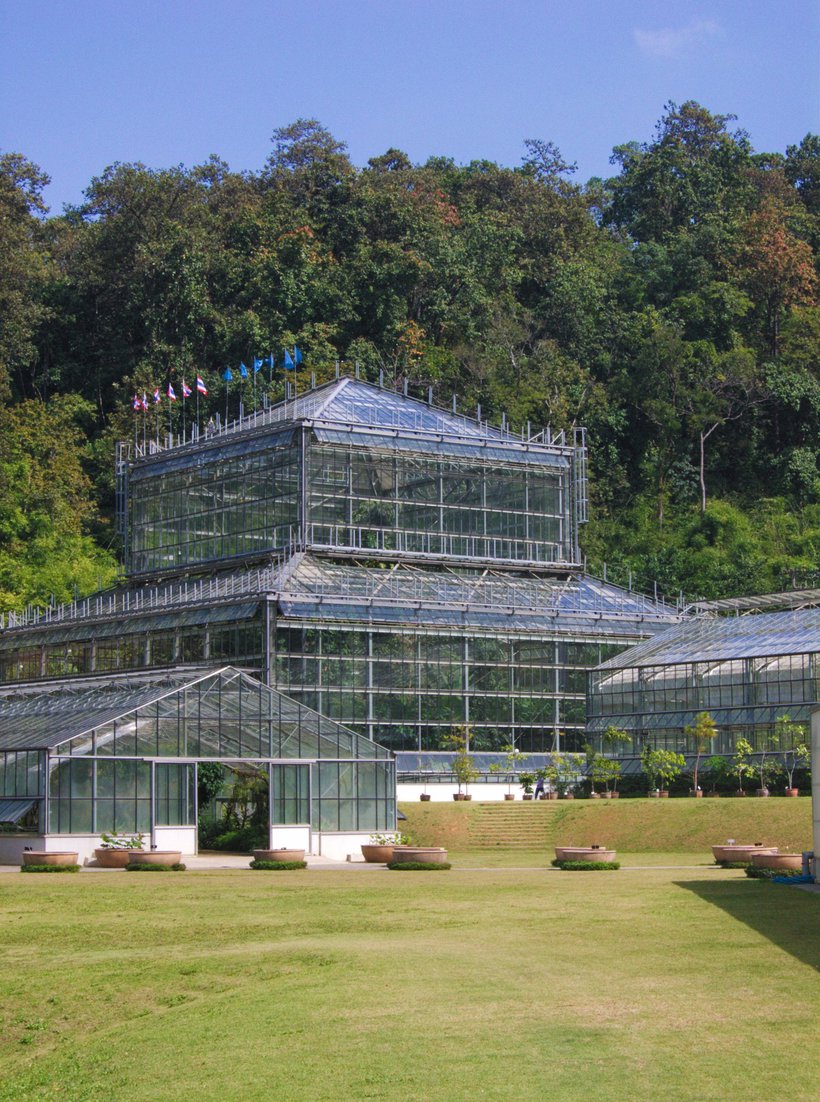
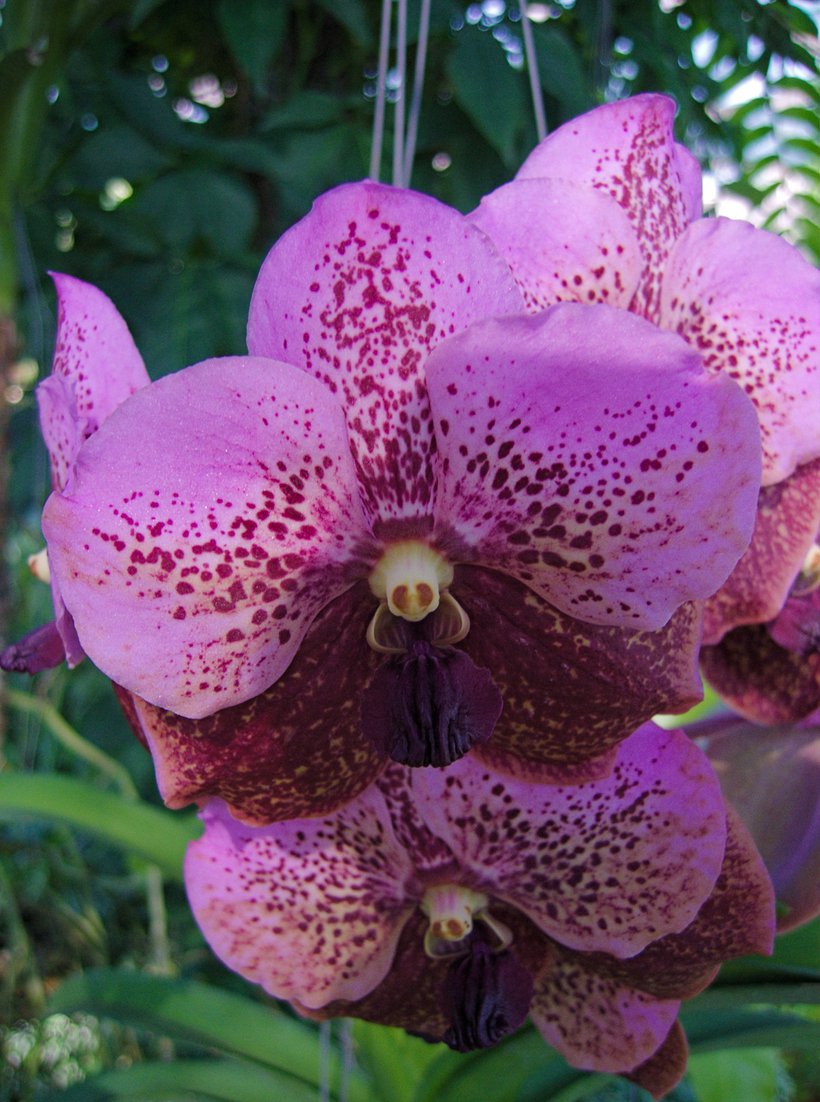
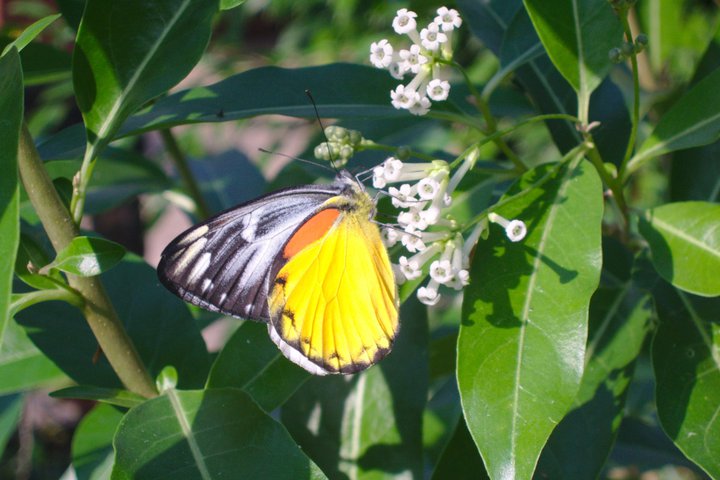


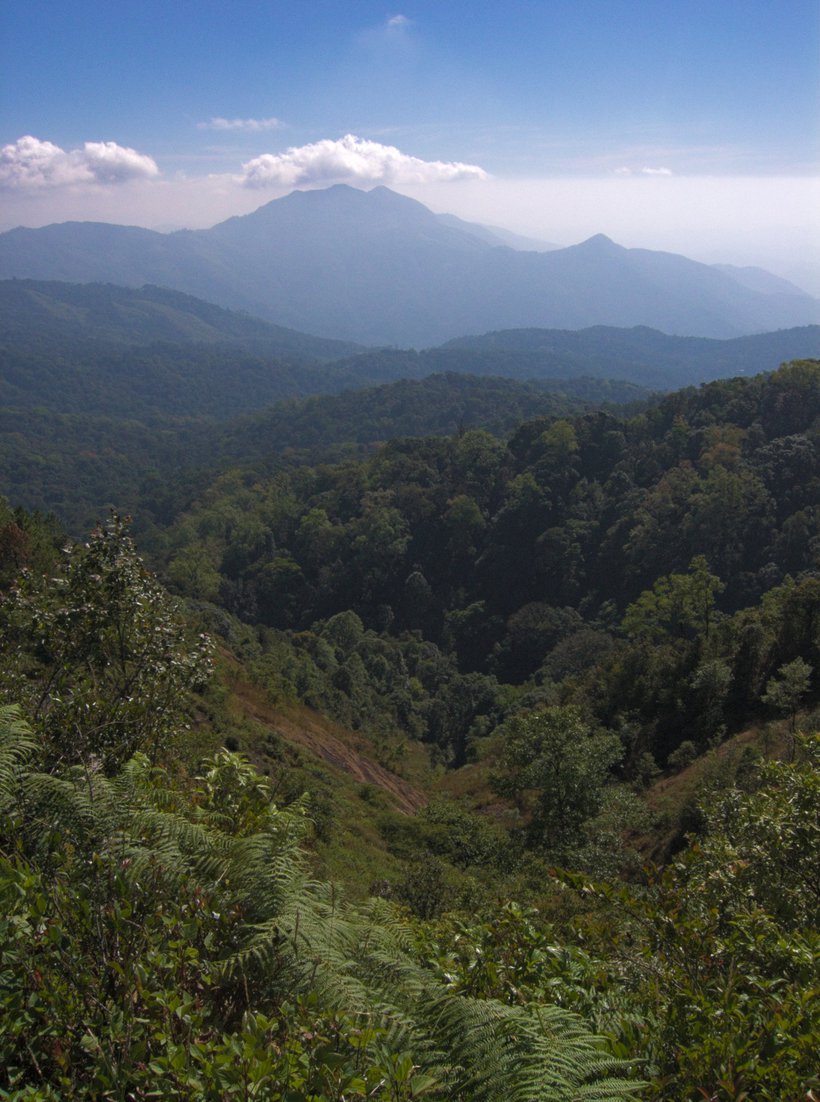
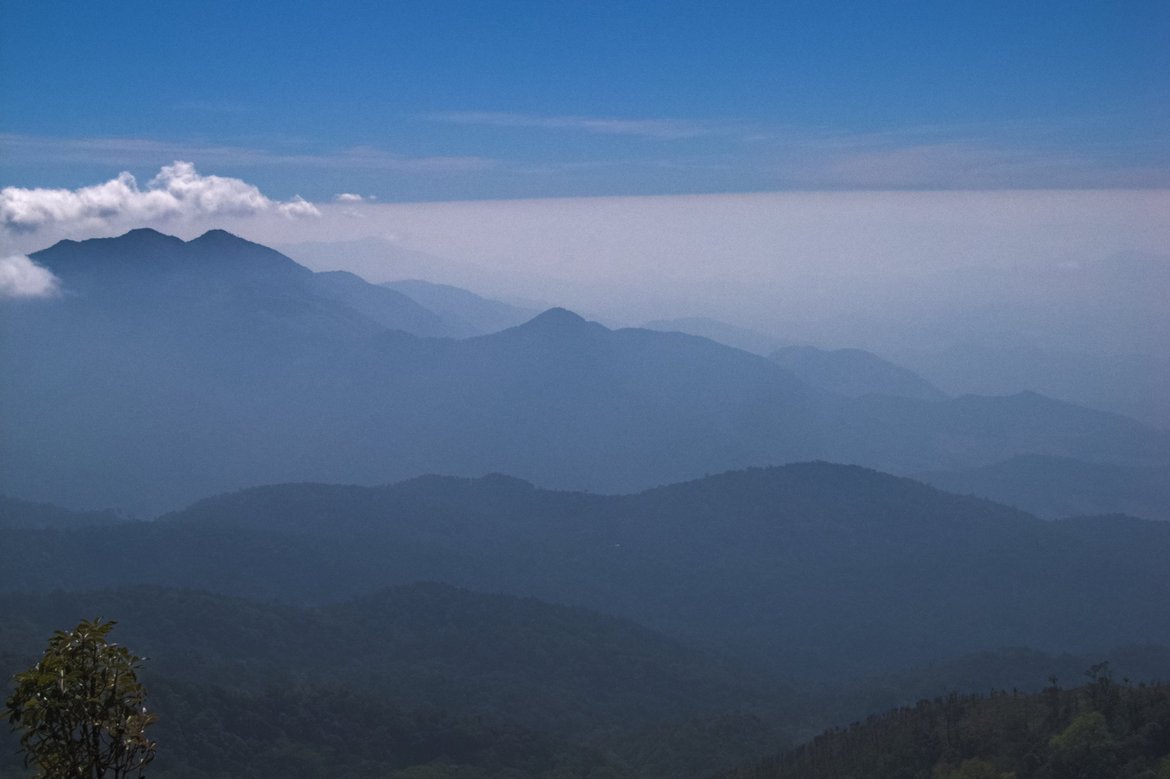
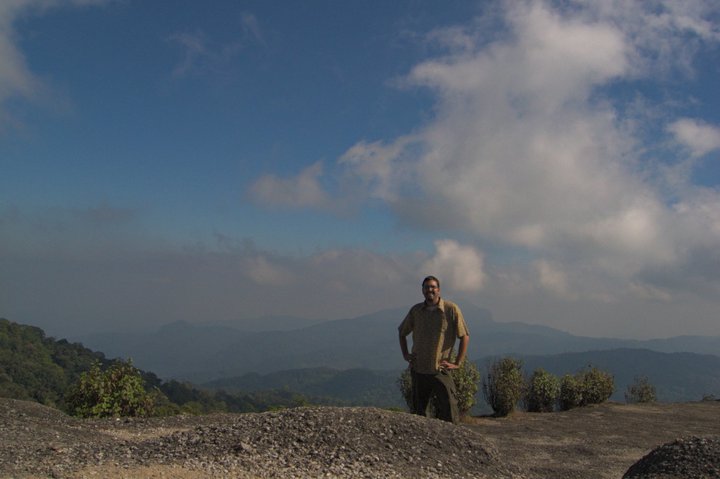
Thoughts?
Please leave a reply:
All comments are moderated, so you won’t see it right away. And please remember Kurt Vonnegut's rule: “god damn it, you’ve got to be kind.” You can use Markdown or HTML to format your comments. The allowed tags are
<b>, <i>, <em>, <strong>, <a>. To create a new paragraph hit return twice.